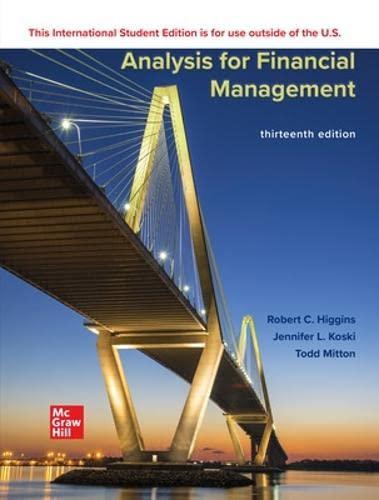Question
1) A stock will pay constant dividends of $6 every year. Its required rate of return (a.k.a., cost of capital, discount rate) is 23%. What
1) A stock will pay constant dividends of $6 every year. Its required rate of return (a.k.a., cost of capital, discount rate) is 23%. What is the value of the stock? Round to the penny.
2) A stock just paid a dividend of $7, and dividends will increase by 2% every year. Its required rate of return is 11%. What is the value of the stock? Round to the penny.
3) A stock will pay a dividend of $2 in one year and increase 4% every year after that. Its required rate of return is 14%. What is the value of the stock? Round to the penny.
4) PDQ Corporation is forecast to have total earnings of $1 billion next year and to pay out a total of 25% of these earnings to shareholders in the form of share repurchases and dividends. PDQ Corporation has 100 million shares outstanding. Its earnings are forecast to grow at a rate of 4% constantly. The stock's required rate of return is 10%. What is the value of a share today? Answer in dollars and round to the nearest cent.
5) What does the Total Payout Model do?
| a) | Takes the sum of a stocks dividend yield and its capital gain rate. |
| b) | Values shares of a firm according to the present value of the future dividends the firm will pay. |
| c) | Values all the firms equity first rather than a single share. |
| d) | Values a stock by viewing its dividends as a constant growth perpetuity. |
Step by Step Solution
There are 3 Steps involved in it
Step: 1

Get Instant Access to Expert-Tailored Solutions
See step-by-step solutions with expert insights and AI powered tools for academic success
Step: 2

Step: 3

Ace Your Homework with AI
Get the answers you need in no time with our AI-driven, step-by-step assistance
Get Started


